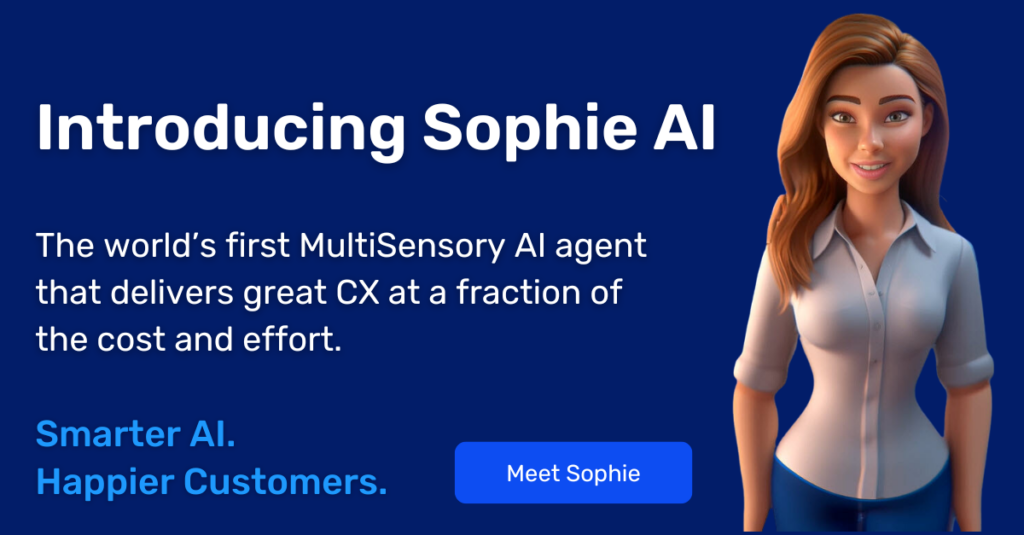Contents
In today’s customer-centric economy, B2C field service organizations face rising expectations for quicker resolutions, shorter wait times, and better overall customer experience.
To ensure they meet these challenges, Gartner predicts that by 2021, more than 50% of B2C field service organizations will rely on applications or technologies from small field service management providers.
B2B vs. B2C Customer Support – Differing Expectations
While the basic concept of field service is the same for both B2B and B2C organizations – to resolve the customer’s problem as quickly and thoroughly as possible – there are several significant differences to note.
With B2B field service, a positive support experience is usually built on long-term business relationships with multiple people at different levels of both companies.
With B2C field service, a positive support experience is dependent on the customer’s perspective of a single interaction with a single technician.
These differing viewpoints impact a number of factors that field service organizations must consider as they develop their strategies and choose the most appropriate field service technology.
Flexibility on time
Companies are generally open during normal, predictable business hours, which allows for a wider service window and flexibility with changing appointment times.
Consumers must take time out of their personal schedules, often taking time off work to wait at home for a technician. Arriving during the allotted time slot is non-negotiable, and is critical to the overall customer experience.
Level of technician expertise
Businesses often have onsite IT personnel who are likely to be more knowledgeable about the product, only calling a technician when the issue is complex and requires an expert.
Many B2C field service organizations have to dispatch technicians for issues that are often quite simple to resolve, resulting in a lower barrier to entry for new technicians.
Service type: proactive vs. reactive
B2B contracts often go hand-in-hand with after-sales support or proactive maintenance SLAs. With B2C customers, a service call is initiated only when the customer contacts the company with an issue — and consumers can be highly emotional when they require urgent service.
Risk of churn due to bad experience
For business customers, replacing a service provider is a significant undertaking. They will work hard to choose the right partner and often be more tolerant when something goes wrong.
Consumers are less tolerant of sub-par service and are much more likely to churn based on a single bad experience. Some may even publicize their experiences on social media, causing additional damage.
Key Field Service Technologies
With those differences in mind, there are a number of emerging field service solutions that aim to address consumers’ needs. Through utilizing these technological innovations, organizations are able to enhance B2C customer service.
Messaging apps – moving to your customer’s preferred channel
With the number of global mobile phone users expected to reach 3.8 billion by 2021, B2C customers are easy to reach. Field service organizations can capitalize on this accessibility by utilizing mobile messaging apps for easy and quick communication with customers. Most personal communication has already moved to chat apps, and B2C communication is following suit, led by platforms such as Facebook Chat. Innovative field service organizations which are keen to improve B2C customer support should adopt this technology.
Chatbots – automating basic communication for better engagement
Real-time availability via chatbots provides convenience to the consumer. For simple interactions or responding to requests, chatbots are a powerful way to keep your customers updated. Bots are designed to send, receive and understand straightforward messages such as:
-
-
- ”Where is my technician now?”
- “Your tech is 30 minutes away”
- “Can I reschedule?”
-
Surveys & reporting – listening to the voice of the customer
The ease of use and scalability of chatbots and messaging apps represent an opportunity to listen more closely to your customers. Getting feedback immediately after a technician visit via a simple, quick, automated interface can help organizations better understand where they can improve, enabling them to optimize service, enhancing what works and changing what does not.
Remote Visual Support – ensuring the issue is fixed first time
Visual Support describes the use of a visual communication channel – live video, recorded video, photo stream or photo chat messaging – by a service organization in order to facilitate issue resolution.
Even if an agent or remote technician is unable to resolve the issue, the visual assistance session serves as preliminary inspection, preparing the technician for the job in advance abd ensuring that he arrives with all the right equipment and parts.
In the event that the technician encounters a complicated scenario and needs expert assistance, this field service technology enables the technician to receive remote support from an expert in the form of on-screen Augmented Reality instructions, eliminating the need for a follow-up visit.
Geo-location apps – saving valuable customer time
The ability to track the field technician’s location in real time allows B2C organizations to provide a narrower service window and to deliver updates in the event of a delay, both of which reduce wasted time for consumers and improves their experience.
Field service organizations can rise to the B2C challenge
Regardless of the industry a business operates in, top-notch field support should be a core priority. Consumers require a different service approach than businesses and field service management must tailor the customer experience accordingly. Understanding the need to step into their customers’ shoes and understand their needs and concerns, organizations should explore relevant technologies that can help them successfully deliver an enhanced customer experience.








